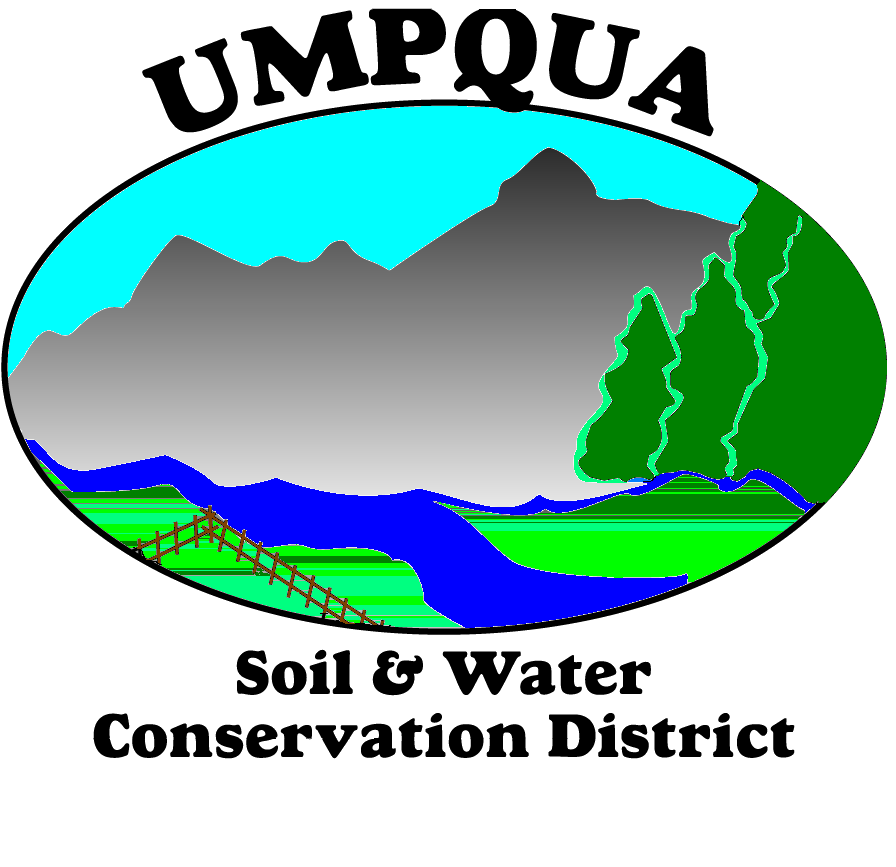Mission, Vision, and History
Mission Statement
The mission of the locally-led Umpqua Soil and Water Conservation District is to assist any individual, group, or agency in applying natural resource conservation practices for the wise use of their natural resources.
Vision Statement
To be a respected, valued community organization committed to managing a natural resource base for future generations. To ensure sustainable agricultural and forest production, supporting functioning human, wildlife, fish, and forest habitats.
History
In the early 1930’s parallel with the Great Depression came the ecological disaster known as the Dust Bowl. The Dust Bowl began as a long, severe drought in the Great
Plains region causing soil to erode and blow away creating huge black dust storms. Eventually, these dust storms reached the entire nation and dust even sifted onto President Franklin D. Roosevelt’s desk from the dust clouds. While soil scientist Hugh Hammond Bennett was testifying on Capitol Hill about the erosion problem, he threw
back the curtains to reveal a sky blackened by dust. Congress unanimously passed the Soil Conservation Act of 1935 declaring soil and water conservation a national policy and
priority. Since ¾ of the land in the United States is privately owned Congress concluded active, voluntary support from landowners would guarantee the success of conservation work on private land. Landowners then formed the soil conservation districts in each of their states. The Umpqua Soil & Water Conservation District was established on April
30, 1953.
Conservation Districts can be described as the local committee that increases public awareness and participation in resource conservation. Conservation Districts represent cooperators since cooperators are land users who can speak for the land, and develop plans for resource conservation bringing together entities to work on local common conservation problems. Districts identify barriers preventing land conservation and bring proposed solutions to governing bodies. Conservation Districts are best described as the marriage of education, science, and technology in agriculture and natural resources at the local level.
The Umpqua Soil & Water Conservation District boundaries encompass 600,000 acres of northwestern Douglas County in the Lower Umpqua watershed including Winchester Bay, Reedsport, Gardiner, Tahkenitch, Siltcoos, Five-Mile, Smith River, Scottsburg, Ash Valley, Elkton, and Kellogg.
